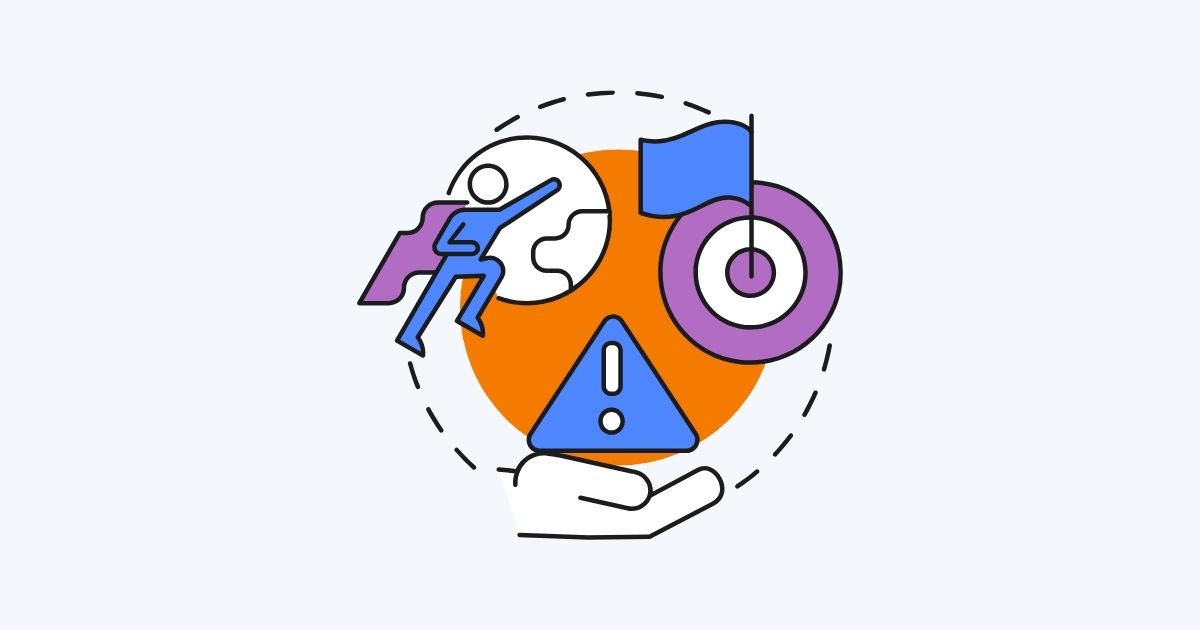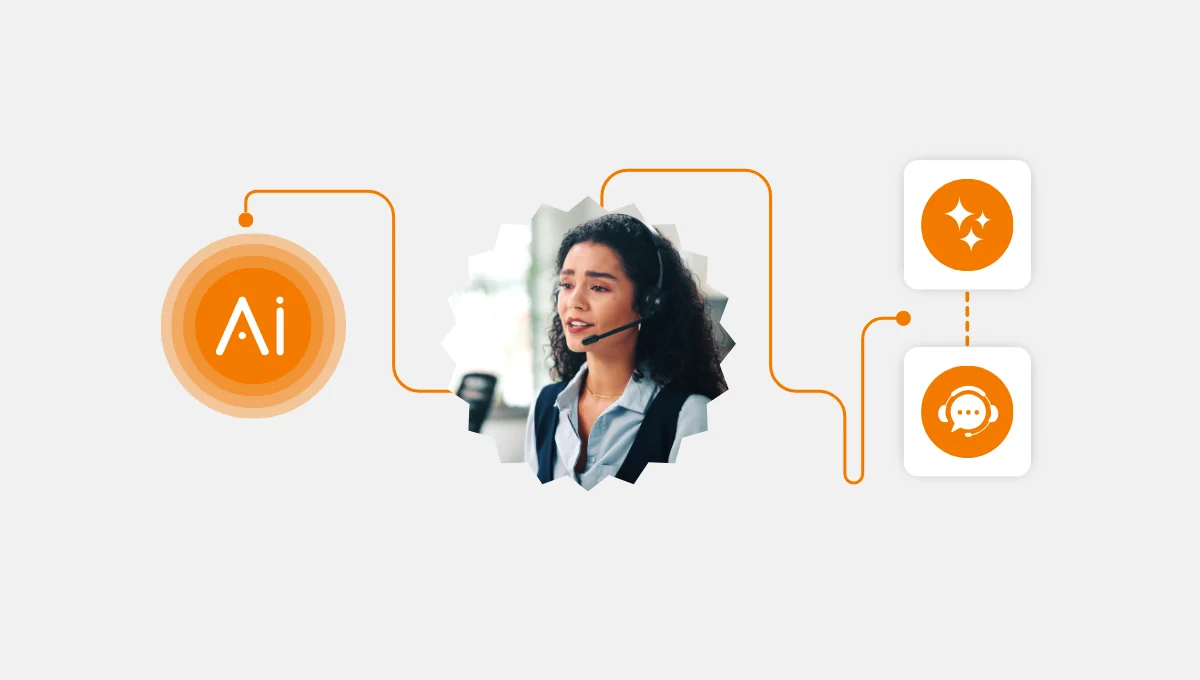An inbound contact center is a business’s central communication hub. They tackle customer inquiries as they stream in.
Inbound contact centers can also be multifunctional, offering technical, administrative, and order-processing services. They are the front door to customer satisfaction.
The mission?
Delight from the first hello.
In this piece, we’ll explore technologies to achieve this and highlight four helpful strategies. Reading enlightens you on how cloud call center software like Call Center Studio helps.
But wait a minute, why is customer service crucial in an inbound contact center?
Statistics on Customer Service
Here are a few facts to show how vital customer service in inbound contact centers is:
- About 40% of American customers cut ties with companies due to bad customer service.
- If customers have more than one bad experience, 73% attest they’ll engage your competitor.
- 77% of customers positively review a company’s proactive customer service.
Now imagine trying to beat these odds with an outdated system or strategy! Will you succeed?
The answer is no.
But worry not; we have four strategies to help transform your inbound contact center. By internalizing the following section, you can retain more clients.
Let’s begin!
Self-service Customer Portals and Knowledge Bases
Self-service portals and knowledge bases are the help we never thought we needed. But the numbers show we do.
Inbound contact center cloud call center software with these features shortens service delivery time. The duo also boosts customer satisfaction and relieves call agents of overwhelming calls. They also offer 24/7 support, redirecting customers to the relevant resources.
An act that would have cost you a few coins is now more affordable! Your client is happy because they get what they are seeking.
Here’s how you can empower agents and customers using this inbound contact center strategy:
Design a User-Friendly Portal:
We indeed live in a digital era. But please don’t create a complicated self-service or knowledge-base portal that requires a manual. This will oppose the inbound contact center portal’s essence of easing customer service.
Instead, invest in a simple, intuitive, and easy-to-navigate platform. Organize everything by topic and keywords.
One more thing: include a search function!
Tone Up Your Knowledge Bases
Ensure your knowledge base has updated, relevant, and comprehensive content. Your content creation team should create copies to answer all frequently asked questions. They should also draft articles, troubleshooting guides, step-by-step manuals, and reports.
But don’t just stop there!
Ensure the content team also updates these pieces with relevant and accurate information.
Encourage Portal Usage
Advertise these inbound contact center features on all your platforms during onboarding. Introduce your customers to these additions by offering tutorials. The tutorials should highlight how the client will benefit.

Chatbot Best Practices for Customer Service
Chatbots and virtual assistants take inbound contact center service delivery a notch higher!
Instead of sifting through articles, users engage AI-powered bots to answer their questions. Bots can answer simple inquiries and provide real-time support. They can also schedule appointments—the more sophisticated the bot, the better the service delivery.
Utilizing them in an inbound contact center boosts customer satisfaction. Chatbots are also cost-effective and resource-saving. Chatbot technology may allow you to scale up your service delivery without additional staff.
Here is how you can empower your inbound contact center with chatbots:
Define Chatbot Functionalities
Clearly define the function of your inbound contact center chatbot. Is it to handle simple questions or complex troubleshooting? If it isn’t efficient, ensure it routes issues above its capabilities to qualified agents. Having clear definitions helps your agents stay alert to the queued questions.
Incorporate Natural Language Processing (NLP)
NLP is the technology that allows customers to have conversations on the interface. A robust NLP chatbot understands the customer’s intent by adapting to past interactions. It also offers service customization and instant support.
Improving Call Deflection Rates in Contact Centers
Call deflection is the rate of successful routing from self-service options to agents. Happy customers, happy business! A high call deflection rate means shorter wait times, which keeps your customers satisfied.
The following are some ways an inbound contact center can boost this rate:
Optimize Interactive Voice Response (IVR)
IVRs are scalable and cost-efficient. They are a treasure trove of customer insight, helping inbound contact centers find solutions. When developing one, ensure it’s intuitive with clear menus and voice prompts for rerouting. You should also add speech recognition technology to allow natural language inputs.
Offer Omnichannel Support
Different customers will prefer differing methods of contacting you. Are there functionalities within your inbound contact center that can support this?
An omnichannel customer support system connects chat, email, SMS, and social media to you. This connectivity gives customers confidence in using their preferences.
Skills-Based Routing for Inbound Calls
Chatbots reroute calls to agents, but what qualifies this agent?
Their skills and knowledge base should be their qualifications. This skill-based routing boosts first-resolution rates and fosters a positive customer experience. Need help figuring out the next steps? These tips will turn strategy into reality:
Identify Agent Skills
In any inbound contact center team, you will find agents with varying skill sets. Some excel in technical support, and others excel in administrative, financial, or conflict resolution. Use these strengths to assign who takes up what.
Let Technology Be Your Ally
Integrate your inbound contact center with technology that dynamically matches calls to agents. These tools can match the agent by skill set or real-time metrics like workload.

Customer Satisfaction Metrics for Inbound Interactions
All the above strategies have one goal in common — customer satisfaction!
Given its importance, having systems that quantify customer satisfaction is essential. These systems track all tools and strategies to highlight what needs improvement. They showcase a team’s effort to deliver a positive customer experience.
The metrics to measure customer experience are:
- First Call Resolution (FCR) measures the call resolution percentage during first contact.
- Customer Satisfaction Score (CSAT) surveys collect direct customer experience feedback.
- Net Promoter Score (NPS) shows customer loyalty and the likelihood of company referrals.
Ready to Transform Your Inbound Contact Center?
If you are ready to embark on this inbound contact center journey, implement self-service and knowledge-base portals. Chatbots, improving call deflection, and skill-based call routing should follow.
But it doesn’t stop there!
A system that collects customer satisfaction metrics is the cherry on top. Our Call Center Studio’s cloud call center software can implement all these strategies. Contact us to see how!




